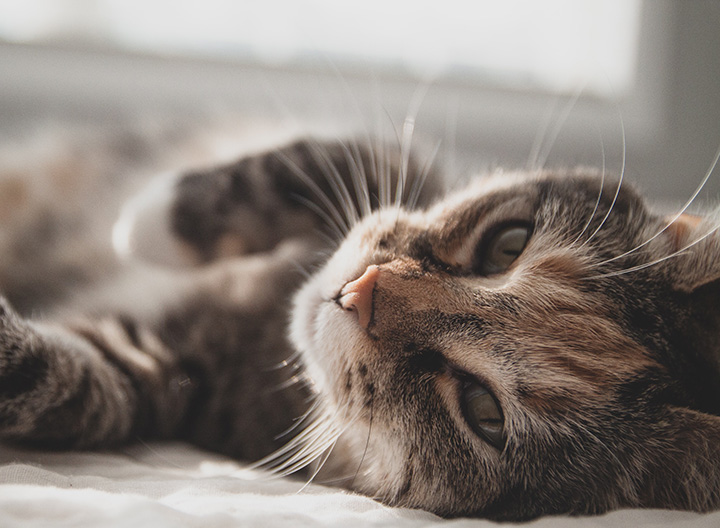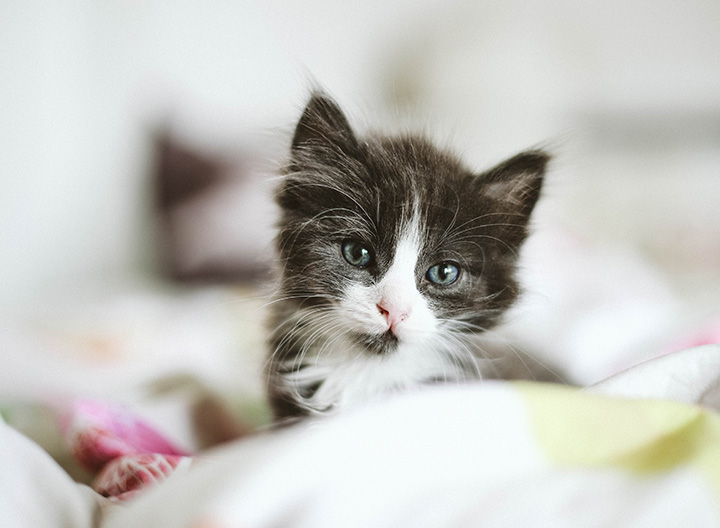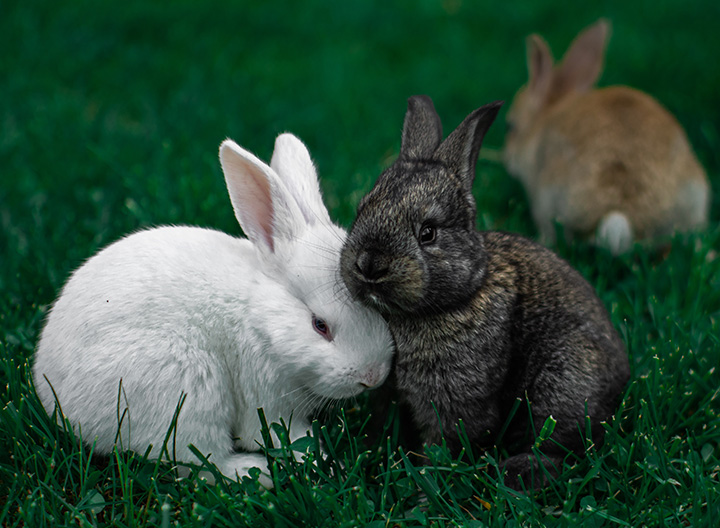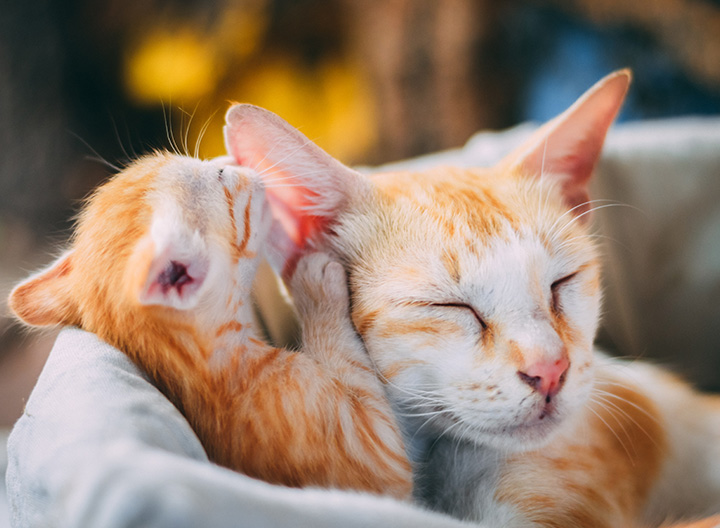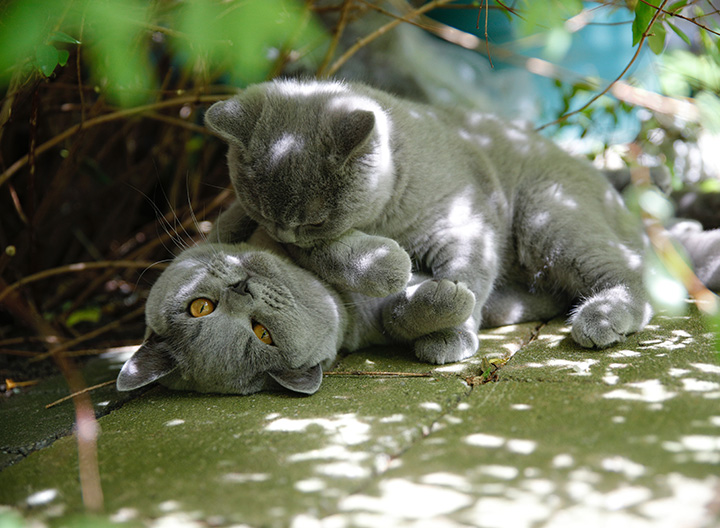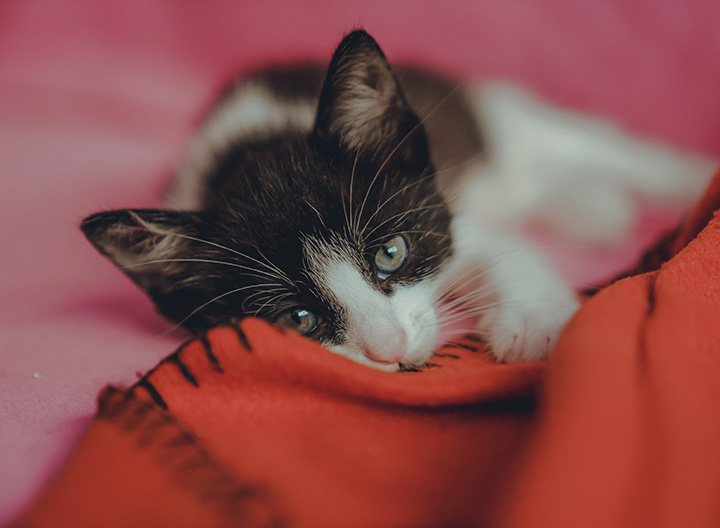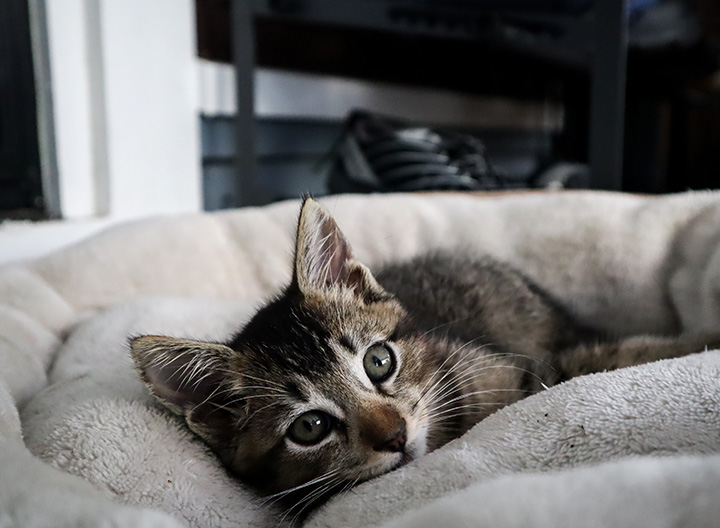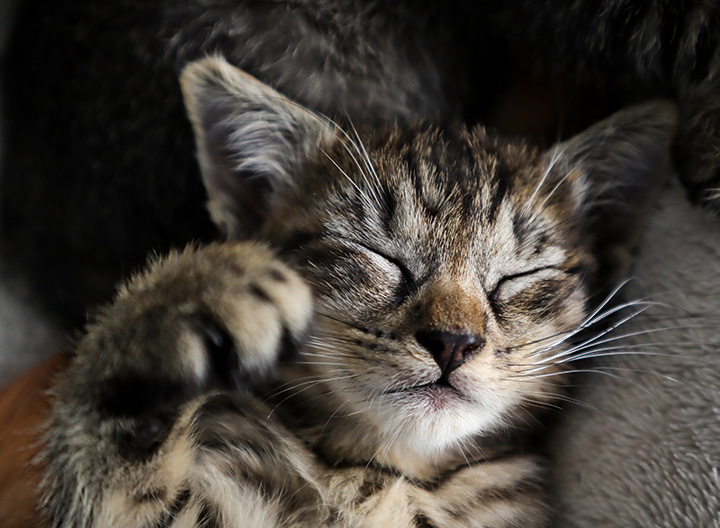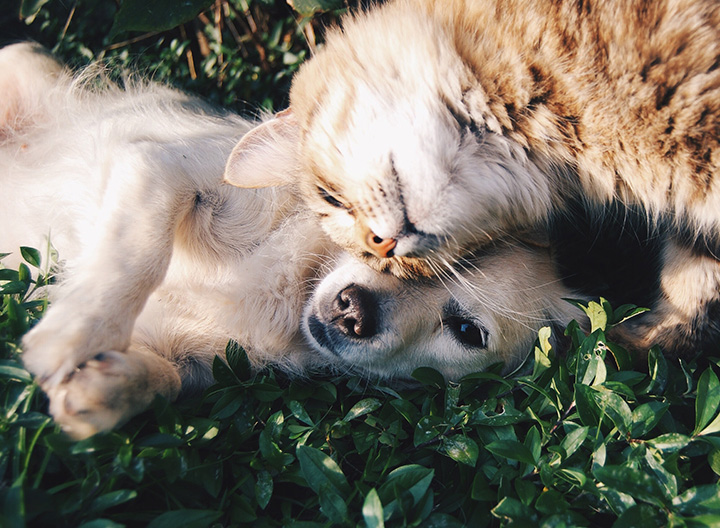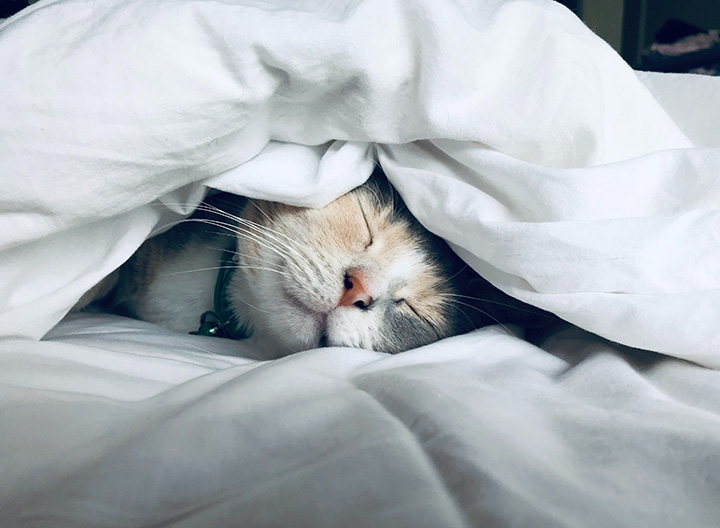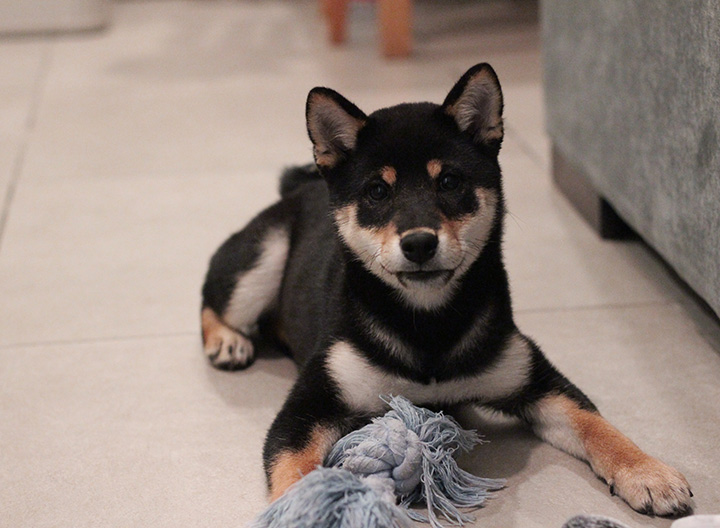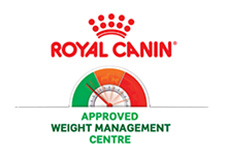Kitten Advice
Bringing a kitten into the home is an exciting and rewarding experience but it can also be a lot of hard work. Kittens require care, training and a lot of attention to help them grow into a happy, confident and a well-mannered member of your family. Here’s some handy information to get you started.
Health and Vaccination
When leaving the breeder or rescue centre at 9 weeks of age they should usually have been given the first part of the primary vaccine course, been microchipped and been given worming and flea treatment. This may not always be the case and so it’s important to find out these details about your new pet before taking them on. The vet will need to know this information to book your kitten in for a health check and to start theses essential preventative treatments or to know when they are next due. The first vaccine should be at 9 weeks and repeated at 12 weeks of age.
Insurance
Accidents and sudden illnesses can occur especially with new kittens who like to explore and do things they aren’t always supposed to, so insurance is recommended to help plan for those unexpected and often costly events. Click here for more information.
Pet Health Club
We offer a Pet Health Club to help spread the cost for preventative health care giving you reassurance that your new kitten has everything it needs to remain healthy and happy. Click here for more information.
Nutrition
Nutrition is very important and provides your kitten with all the essential nutrients to help them grow healthily. Kittens should be fed a complete and balanced diet specifically for kittens as they have different requirements to adult cats.
Your kittens stomach is very small and offering food 3-4 times a day is advised. Cats prefer to graze on their food throughout the day with some adult cats visiting their food bowl around 16-20 times a day!
Remember to weigh the food out using digital scales to ensure you are feeding the correct amounts and to change any new diets gradually over the course of 7 -10 days to avoid gastrointestinal upset.
To avoid playful kittens spilling water into their food bowl it is best to separate the water and feeding bowls. Cats in general feel more relaxed eating in quieter rooms that are away from windows. They can be fussy about the style of food bowl too and prefer eating from ceramic or metal bowls.
Incorporating food in interactive/puzzle feeders can be a fun way to encourage your kitten to play and provides mental stimulation at meal times.
How much your kitten drinks will vary on the type of diet and levels of exercise. Those on wet food will drink less due to the higher water content in the food, compared to those fed dry food which contains roughly 10% water. Some kittens will prefer running water to a bowl and using a cat water fountain can help encourage drinking.
Toilet Training
Cats in general can be quite fussy with their toileting habits but thankfully most kittens learn how to use them by copying their mother. Whilst settling in you may need to guide your kitten to their litter tray until they become familiar with it. Initially it can be useful to keep your kitten in a designated room with a litter tray until they get the hang of using it.
If your kitten is having accidents indoors, you should frequently place your kitten in the litter tray especially after waking up, after meals as this stimulates urination/bowel movements and when showing visible signs of wanting to toilet such as sniffing/scratching the floor or if it starts to squat. This should help encourage them to toilet in the litter tray.
Factors affecting toileting habits are the style of litter tray (enclosed vs open), size, type of cat litter used, position of tray and how soiled it is. Cats are very clean creatures, so it is a good idea to stick with your kittens preferred litter choice and to provide two litter trays for each cat.
Socialising
Most of your kittens behaviours will have been learned from their mother so it can be useful to assess the temperament of the mother prior to taking on a kitten.
Your kitten may be quite anxious when bringing them home so allow them time to settle in. Bedding with the mothers scent on may help calm and reassure your kitten whilst they adapt to the new environment. A hiding box can also help, along with the use of pheromone diffusers that have a calming effect.
It’s a good idea to kitten-proof your home to ensure they remain safe and to supervise them whilst they explore. Gradually expose them to new sounds and different rooms in the home but carefully watch their body language so they don’t become overwhelmed.
Encouraging play can help relax your kitten whilst they adjust to their new home and it’s a good opportunity to bond with your kitten.
Multi-cat Household
Cats are usually solitary animals and so introducing a new kitten with an existing cat in the home can take time and patience. It’s advisable to keep them separated whilst your kittens settles in and then slowly start to swap scents by rubbing towels on each cat and then placing in the other cats environment. This will help them become familiar with each others smells.
Gradually introduce them on neutral territory allowing them to observe each other but no contact. If this goes well you can slowly start to progress to supervised interaction until they are comfortable with each other but always allow exit routes if one becomes stressed.
Indoor vs Outdoor
Deciding on whether to allow your cat outside can be a difficult choice and does depend on the area you live in and your cats personality. Some cats are happier having the freedom to explore the outside world but this does come with added risks, whereas some are content being indoor pets.
Before allowing your kitten out ensure that it has been fully vaccinated, microchipped and neutered. If your kitten is very small, we recommend waiting until they are larger before having free rein of the outdoors.
Females in season will try to escape to mate, whilst males venture long distances to protect their territory and are more likely to get injured from fighting. Neutering helps prevent this.
When you feel that your kitten is ready to venture out, do so gradually whilst accompanying them into the garden to get them used to it. Provide raised up hiding spots to help them feel less anxious whilst they explore. Using food and treats will help entice them back indoors. Start to increase the time in the garden until you feel confident that your cat is familiar with its surroundings.
A microchip cat flap can allow your cat access into the home whilst preventing unwanted visitors following.
Some cats might prefer to remain as indoor pets or for medical reason not be allowed outside. For these cats it’s very important to encourage play and exercise so that they don’t get bored which can lead to undesirable behaviours or to gain excess weight. Alternatively, using a cat run/patio can provide stimulation whilst in a safe and secure environment.
A visit to the vets
It’s always a good idea to get your kitten used to being handled especially when coming to the vets. Handle them calmly and be gentle especially for timid kittens.
Getting them used to having their feet touched (for nail clips) and their teeth being checked can make an examination at the vets less stressful. Start grooming at a young age particularly long haired breeds to prevent knots forming.
Preferably use a top opening wire basket to transport your kitten to the vets. Add familiar bedding for comfort whilst travelling and pheromone sprays to help keep them relaxed during the journey. Partially covering the basket with a towel can also help but be sure they remain cool inside and well ventilated especially in hot weather.
The team at Brookend look forward to meeting your new kitten and are on hand to help with any advice.


